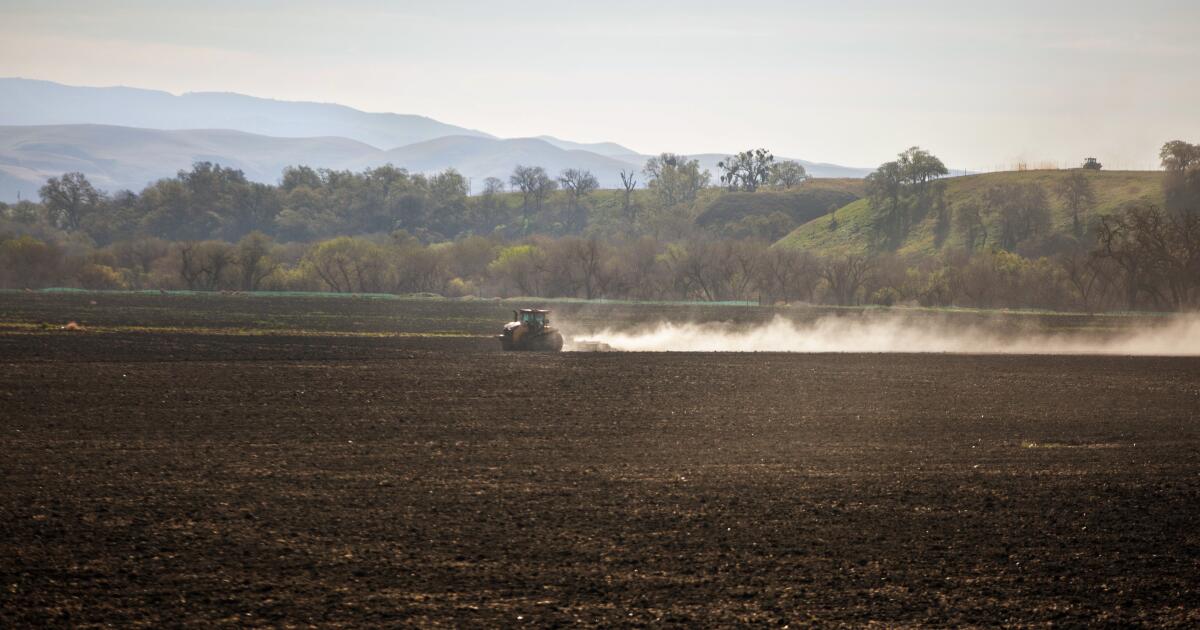
Valley Fever Outbreak at California Music Festival: Five Cases Identified, Three Hospitalized
Three harrowing experiences with valley fever shared by a public health director and festival attendees have shed light on the recent outbreak of this potentially deadly fungal infection among attendees of the Lightning in a Bottle music festival held at Buena Vista Lake, near Bakersfield, California from May 22-27.
Public Health Director Brynn Carrigan shared her personal experience with valley fever during a news conference on July 30, 2024. She was diagnosed in April and described the months that followed as ones she would never get back. Carrigan's symptoms included worsening respiratory issues and hospitalization.
The California Department of Public Health (CDPH) is currently investigating a cluster of valley fever cases among festival attendees, with five confirmed cases identified so far. Three patients have been hospitalized due to severe symptoms.
Valley fever, also known as coccidioidomycosis, is an infectious disease caused by the coccidioides fungus that grows in the soil and dirt in some areas of California. It is most commonly found in the San Joaquin Valley and Central Coast regions of California.
The symptoms of valley fever can vary widely, but they often include respiratory symptoms such as coughing, difficulty breathing, fever, and fatigue. In rare cases, the fungus can spread to other parts of the body and cause severe disease.
Valley fever is not contagious but it is on the rise in California. The fungus appears to flourish in wet years and multiyear cycles of dry conditions followed by wet winters increase transmission, especially in areas that were historically wetter. Climate change is expected to increase the frequency and duration of drought throughout the Southwestern United States, potentially increasing the prevalence of valley fever spores and fungus.
Kern County has the highest incidence rate in California for valley fever cases, accounting for about a third of all reported cases. Health officials urge people who have visited Kern County in recent months and are experiencing respiratory symptoms that have not improved or are lasting longer than a week to see a healthcare provider and mention attendance at the music festival or travel to Kern County.
Two other attendees of the Lightning in a Bottle festival, one from Colorado and another who posted on Reddit, have also reported developing valley fever symptoms two weeks after attending the event. The Colorado attendee described a terrible cough, headache, body aches, fever and chills. They are unsure if they will attend next year's festival due to the fear of contracting valley fever again.
Valley Fever is not contagious but it can be serious and even life-threatening in some cases. It is important for anyone who has attended the Lightning in a Bottle music festival or traveled to Kern County recently and is experiencing respiratory symptoms to seek medical attention.

